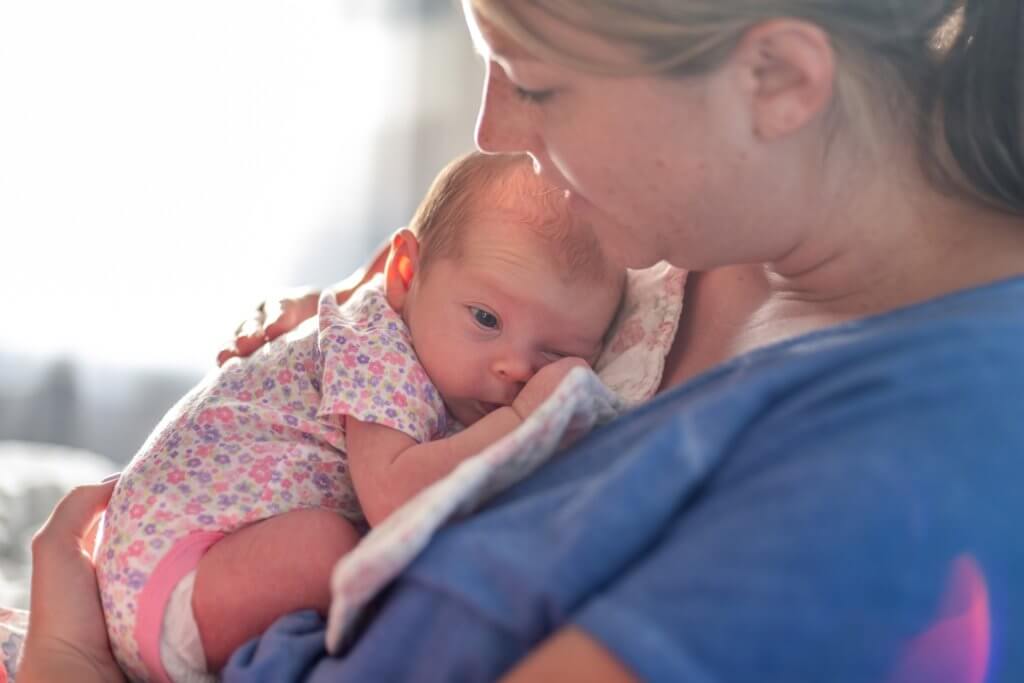Incontinence is a common problem after having children. The physical changes that happen during pregnancy and childbirth can weaken the muscles and tissues that support the bladder. This can lead to incontinence, which is the involuntary leakage of urine.

What Causes Incontinence?
Many different factors can contribute to incontinence after having children. One of the primary causes is damage to the pelvic floor muscles. These structures support bladder functions and help keep it shut. During pregnancy and childbirth, these muscles can be stretched or even torn. This can lead to incontinence.
Types of Incontinence
Stress Incontinence
This type of incontinence is most frequent after childbirth. It develops when the muscles that hold up the bladder are not strong. With stress incontinence, leakage occurs during activities such as coughing, laughing, sneezing, or exercising.
Urge Incontinence
Overactive bladder muscles cause this type of incontinence. You may strongly need to urinate with urge incontinence even when your bladder is not full. Leakage can occur when you laugh, cough, or exercise.
Functional Incontinence
This type of incontinence is caused by things that make it difficult to get to the bathroom in time. These can include physical limitations, such as arthritis or being bedridden. Mental limitations may also cause it.
Mixed Incontinence
This incontinence is a mix of stress and urge incontinence. With mixed incontinence, you may have leakage with activities such as coughing or exercising. You may also have leakage due to an overactive bladder.
Treatment for Incontinence
Many different treatment options are available for incontinence. The right type of treatment for you will depend on the type of incontinence and the severity of your symptoms.
Medication
There are a variety of medications that can be used to treat incontinence. These include anticholinergics, which help to relax the bladder muscles, and beta-3 agonists, which help to reduce urinary leakage.
Biofeedback
Biofeedback is a technique that uses sensors to monitor the pelvic floor muscles. This information is then displayed on a screen. Biofeedback can help you to learn how to control your pelvic floor muscles better.
Surgery
In some cases, surgery may be recommended to treat incontinence. Surgery can help to repair damage to the pelvic floor muscles or nerves. It can also help to create a new route for urine to flow from the bladder.
While incontinence is common after having children, there are many different treatment options available. If you are experiencing incontinence, talk to your doctor about the best treatment option for you.